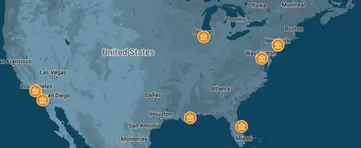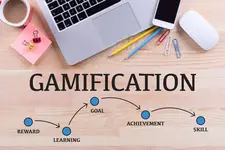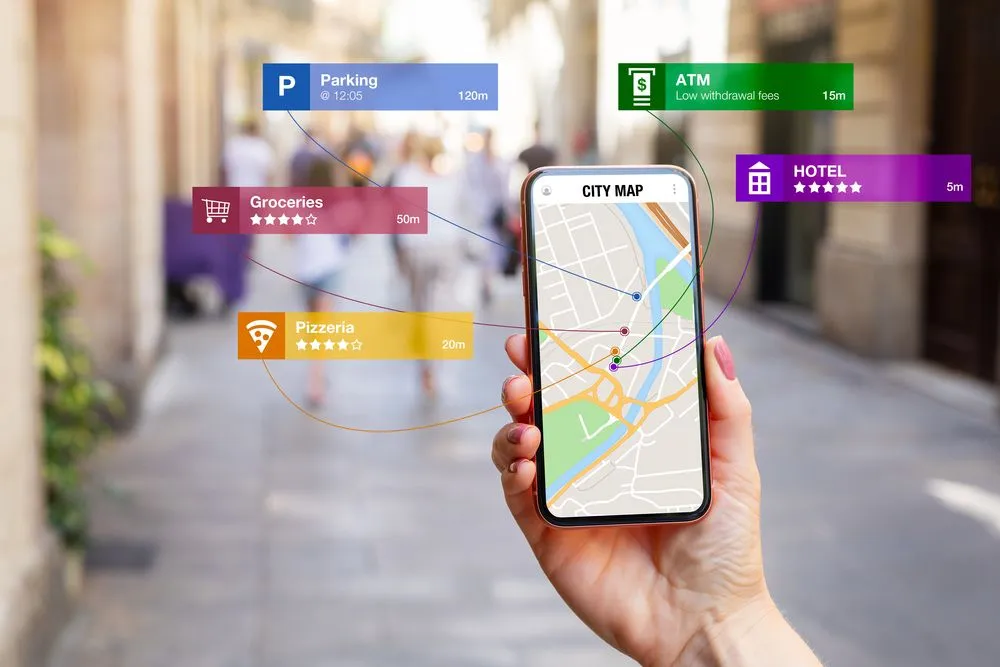
Table of contents
Whenever I decide to take a trip for my vacation, I like to know as much as possible about my intended destination. From researching local attractions to finding the best places to dine, I rely on various tools and resources to ensure a smooth and enjoyable travel experience.
One of my go-to resources for trip planning is interactive maps, which offer a dynamic and immersive way to explore destinations and chart out my itinerary. Whether I’m scouting out popular landmarks, mapping out transportation routes, or discovering hidden gems off the beaten path, interactive maps have become an indispensable tool in my travel planning arsenal.
By harnessing the power of interactive maps, travel agencies can provide their clients with a dynamic and visual platform to discover, customize, and navigate through a myriad of destinations and attractions. Interactive maps give agencies a way to highlight their unique value by recommending customized routes and points of interest.
This more personalized experience builds trust in the agency’s expertise and is a simple but effective digital tool to attract new customers and convert browsers into bookers. In this article, I will explore how travel agencies can implement interactive maps on their websites to enhance the customer experience and grow their business.
What do you mean by interactive map?

In the context of travel planning, interactive maps are digital maps which allow users to engage with the map beyond simply viewing it. In contrast to static images of maps, interactive maps have user-controlled features that provide an engaging experience.
Some key elements that define an interactive map include:
-
Zooming and panning: Users can control the zoom level and pan around the map area to focus on specific locations.
-
Filters and layers: Interactive maps may allow filtering by category of places or toggling different data layers on and off. For example, showing only hotels or restaurants.
-
Search and recommendations: Users can search for specific addresses or points of interest, and maps can surface recommended attractions or itineraries.
-
Pop-ups and details: When users click on a location, more information appears in a pop-up box or sidebar to provide details like addresses, contact info or reviews.
-
Directions and routing: Interactive maps enable finding directions between points and visualizing routes, critical for travel planning.
-
Customization: Maps are customizable, allowing agencies to add their branding, promote certain locations, and save customized maps for clients.
This interactivity is what elevates an online map from being a static image to a truly interactive and engaging digital tool for travel planning.
Benefits of Interactive Maps for Travel Agencies
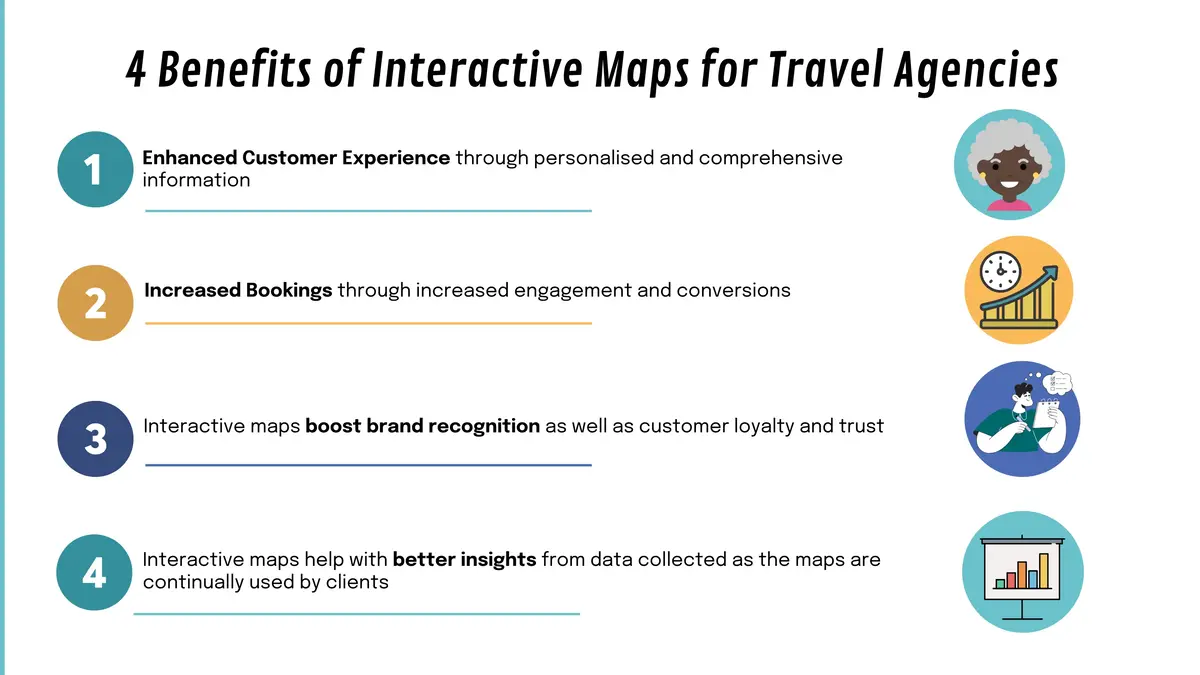 There are several key benefits travel agencies can realize by implementing interactive maps on their websites:
There are several key benefits travel agencies can realize by implementing interactive maps on their websites:
-
Enhanced Customer Experience - Interactive maps make the travel planning process more visual and engaging for clients. They offer personalized exploration and comprehensive information, which enhances the overall travel experience.
-
Increased Bookings - By helping customers easily explore options and plan effectively, interactive maps can drive more considered purchases and conversions. Clients may book additional services they discover on the map.
-
Brand Promotion - Interactive maps showcase the agency’s expertise, attention to detail, and commitment to tailored journeys, thus reinforcing the agency’s brand identity. Consistent use of interactive maps amplifies brand recognition, boosting customer loyalty and trust.
-
Customer Insights - Interactive features provide insight into clients’ travel interests by tracking what locations and categories they frequently search or view. This data informs the agency’s marketing and business strategy in the medium to long term.
-
Stand Out from Competitors - By incorporating an engaging visualization tool that competitors may not offer, agencies differentiate their business and online presence in a crowded market.
Features of Interactive Maps
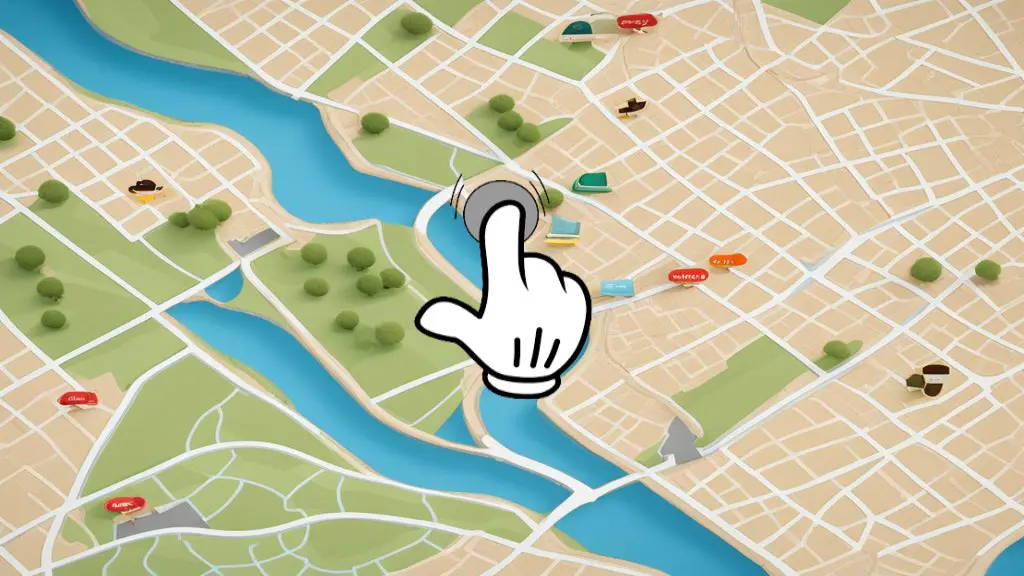
When selecting or building an interactive map, there are several key features travel agencies should look for:
-
Customization - Maps should be highly customizable so agencies can add their logo, customize color schemes, and select the exact data layers and locations to feature.
-
Realtime Updates - Where possible, the most up-to-date information should be included in the map. For example, a hotel which closed months ago should’nt still appear on the map as an option for clients.
-
Multiple Map Styles - Offer different base map styles like street view, satellite, or terrain to suit different trip types or user preferences.
-
Location Markers - Allow tagging specific points of interest, hotels, attractions etc. with markers that show pop-up windows with details when clicked.
-
Itinerary Creation - Include options for users to easily create, name, and share personalized multi-stop itineraries on the map.
-
Search & Filter - Advanced search tools by location, name, or category along with filters let users easily explore map content.
-
Directions & Routing - Incorporate driving, walking or public transit directions between marked locations on the map.
-
Analytics - Collect metrics on user interactions to understand most popular routes or locations for targeted marketing.
-
Responsive Design - Maps must work seamlessly across all devices from mobile to desktop.
Having these features empowers agencies to provide truly immersive travel planning tools and insights to their clients.
How to Create an Interactive Map for your Travel Agency
1. Choose a Mapping Tool
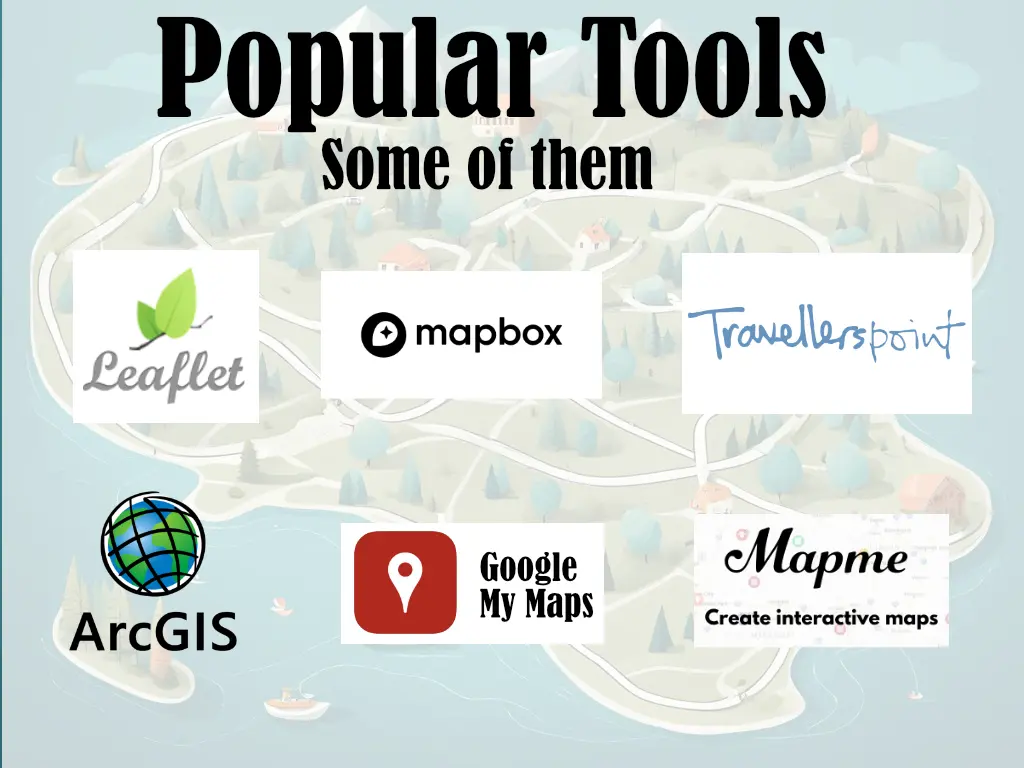 There are several options for travel agencies to choose from when selecting a mapping platform. For simple, basic maps, online services provide good solutions. However, paid platforms may be preferable for those needing advanced customization.
There are several options for travel agencies to choose from when selecting a mapping platform. For simple, basic maps, online services provide good solutions. However, paid platforms may be preferable for those needing advanced customization.
Online Services:
-
Google My Maps - Google My Maps is a free map creator offered by Google that allows users to create and customize their own maps on top of Google Maps. With Google My Maps , users can add placemarks, draw lines and shapes, and even import data from other places like Google sheets to create personalized maps. It offers a simple and user-friendly interface, making it accessible to both individuals and businesses.
-
Travellerspoint - Focused on travel, this platform offers an interactive mapping system for travelers to customize and visualize trip itineraries. Users can add destinations, notes, photos, and routes, with seamless integration into their travel planner. The platform allows easy sharing and collaboration, making it a valuable tool for creating and sharing travel plans.
-
Mapme - An Intuitive map builder for creating interactive maps without coding knowledge. It provides an intuitive visual editor to easily add locations, text, images and more to customized maps. Mapme maps can be embedded on websites and shared on social media. Basic accounts are free with watermarks.
Open Source:
Leaflet is an open-source JavaScript library for developing interactive maps directly in code. It has a lightweight footprint and is designed for simplicity. Leaflet allows creating customized maps by adding markers, polylines, popups and other layers. Its powerful API makes it highly customizable and a popular choice for developers looking to integrate advanced mapping features into their websites or applications.
Paid Platforms:
-
Mapbox - Mapbox is a full-featured platform for developing customized interactive maps using its APIs and SDKs. It provides highly customizable basemaps, location search, routing, and geocoding features. Mapbox has tools for both developers to build mapping directly into their apps as well as an online editor for non-technical users. Premium plans provide access to more advanced tools and higher data limits.
-
ArcGIS - ArcGIS is a comprehensive and enterprise-grade GIS mapping platform from ESRI used by many organizations for location data and analysis. It allows creating detailed interactive maps with location markers, popups, directions and other layers. ArcGIS provides powerful customization through code but has a steeper learning curve. Subscription licenses are required and enable integration of mapping into enterprise workflows and applications.
Agencies should consider the mapping features, ease of use, integration options, and costs when making a choice of mapping tools. Simple maps may not require a paid solution, but for robust, customized maps they enable more control over branding and functionality.
2. Input Your Map Data
This step is about inputting your agency’s location data onto the map. This includes key information clients will want to see:

-
Locations of agency offices, partners, attractions - Mark the points on the map of any offices, affiliated tour operators or recommended attractions clients should know about.
-
Import addresses, coordinates from Google Maps - For each location, you can copy and paste the address or latitude/longitude coordinates from Google Maps directly into your interactive map’s layer. This geocodes them accurately.
-
Add photos, descriptions, prices for each point - Provide rich content about each place by uploading photos, and filling description fields. For bookable locations like hotels, include amenities and price information.
-
Add branding logos and images - Incorporate your company logo and other branding assets to make the map instantly recognizable as yours. This could include adding your logo to the top left.
Taking the time to fully populate each point of interest with useful details helps your clients easily visualize destinations and makes planning seamless. The more engaging content on the map, the more value users will find in using it for their travel planning.
3. Enable Interactivity
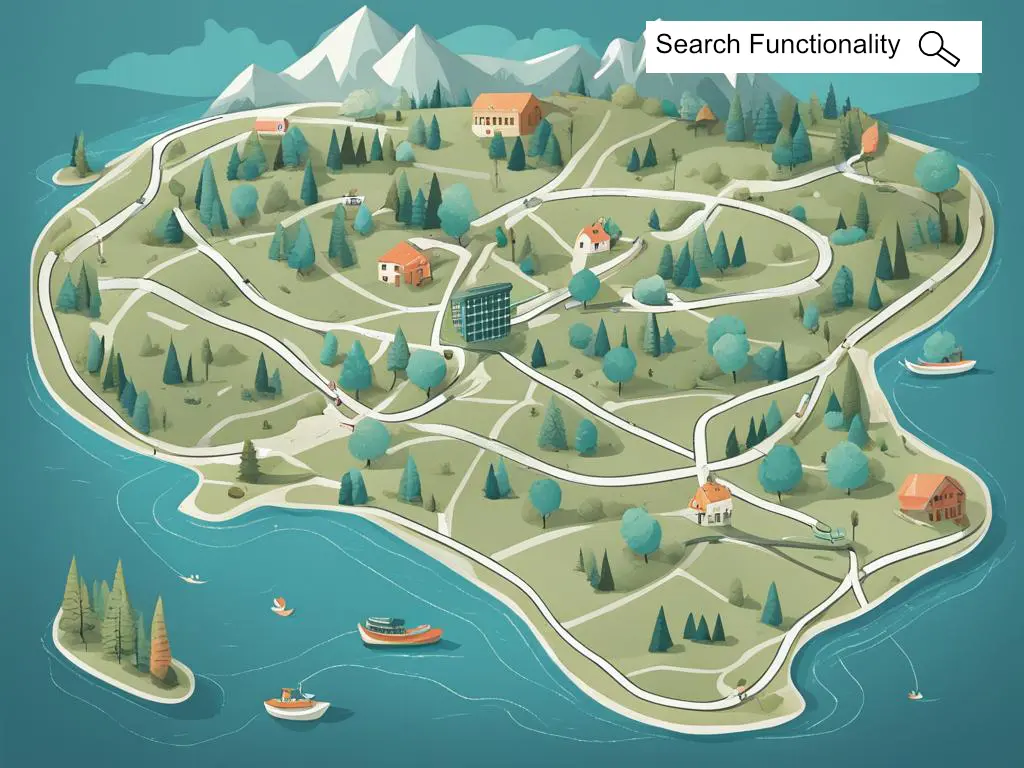
To make the map truly interactive and useful, a number of these features should be incorporated:
-
Zooming, panning, search functionality - Allow users to easily navigate the map area, zoom in on specific locations, and search for points by name or category.
-
Clicking markers for pop-up windows - Each location marker should open an info window when clicked to show its photos, description and booking links without leaving the map.
-
Drawing routes and directions - Include routing tools to plan multi-stop itineraries visually and view estimated drive/walk times between points on the map.
-
Filters for categories - Provide filters that let users narrow down the map view to only show certain point types like hotels, museums or restaurants.
Interactivity transforms the map from static to dynamic, empowering users to explore destinations, curate custom trip plans and engage more deeply compared to a standard brochure.
4. Publish and Maintain
Publish
Once the map is complete, it’s time to share it:
Host on website or mapping platform - Most mapping platforms allow hosting maps directly on your domain for easy access from your site.
Maintain
To keep the map fresh and useful long-term, it needs ongoing maintenance:
-
Add new locations and content over time - As your agency expands or new attractions become available, keep the map current by regularly inputting new points of interest.
-
Fix any issues reported by users - Monitor for bugs, broken links or other problems flagged by map users. Resolve technical issues promptly to sustain a positive experience.
-
Re-promote maps periodically - Even if no updates have been made, remind followers and clients about the map through periodic shares on social media and inclusion in newsletters.
Regular maintenance keeps the map functioning well and ensures users will return to find new destinations added. Addressing issues immediately builds trust that the map resource is actively supported. Periodic promotion keeps it top-of-mind for travel planning.
Example Interactive Map
Below is a map created with Google My Maps. Click on Load the map to interact with it. Fictional hotels have been added just to showcase the concept. Just like all Google maps, you can zoom in for a closer look. It also, by default, has search functionality added to it. Tap the pins to see that different information like images and text that have been added to the various locations in order to provide suffiecient information to the site visitor.
To learn how to create a map such as this with Google my Maps, check out this short tutotrial.
Case Studies
Whereas the following case studies are not necessarily about travel agencies, they show how companies can successfuly use interactive maps to create a buzz around their brand, hence driving up revenue in the medium to long term.
1. Meet me at Starbucks

Starbucks launched a highly successful interactive map campaign called “Meet Me at Starbucks” in 2015. Some key details:
(i) The campaign film chronicled a single day across several Starbucks locations globally through an interactive map on Starbucks.com.
(ii) Users could zoom in on each store featured and see photos and social media posts from customers at that location.
(iii) The goal was to showcase Starbucks as a place for community and connection beyond just coffee, by allowing users to explore real human experiences on the map.
(iv) It proved wildly popular, driving a huge amount of social sharing and engagement. The map page received over 2.5 million views.
(v) By tapping into the social aspect of their brand, Starbucks was able to
tell a story
about community in an impactful way through an interactive medium.
The success of “Meet Me at Starbucks” demonstrated how interactive maps could be used for marketing beyond just locations. It sparked other brands to explore interactive storytelling and community building approaches.
This innovative campaign showed how an interactive map elevated Starbucks’ message about bringing people together and created a buzzworthy online experience for users.
2. Find your Way to Play

Nike’s “Find Your Way to Play” interactive map campaign aimed to inspire people to participate in sports and physical activities by providing them with a fun and interactive way to find local sports facilities, events, and resources.
The map was powered by GPS and location data. When users accessed the site, they were automatically located on the map via IP address or mobile GPS. They could then browse thousands of pins representing fields, courts, trails and other play spaces. Clicking a pin brought up details like address, amenities and reviews.
The interactive map provided a personalized experience by allowing users to filter their search based on their interests, preferences, and skill levels. This feature helped users find activities and facilities that matched their specific needs and goals.
This use of interactive mapping succeeded in achieving Nike’s goal of inspiring people to get active in a fun, engaging way. Users could easily discover new options for exercise near home or work. The map saw over 5 million views and was widely shared on social media.
Research showed the map motivated additional sports participation. It also strengthened Nike’s position as a leader in advocating for healthier lifestyles. The “Find Your Way to Play” campaign boosted Nike’s brand messaging through an innovative digital touchpoint that connected sports back to local communities.
Conclusion
Interactive maps are a powerful tool that all travel agencies should consider incorporating into their digital marketing strategies. They allow agencies to visually showcase destinations and experiences in an engaging way that simply wasn’t possible before recent advances in mapping technologies.
The case studies highlighted in this article demonstrate how interactive maps have helped travel businesses boost website traffic, increase trip bookings, and better serve customers through more immersive experiences. By taking the time to properly design maps that highlight key locations, include rich multimedia content, and enable user-friendly navigation and search, agencies can create highly valuable resources for potential clients.
While there may be an upfront investment of time and resources required to develop an interactive map, the long-term benefits of increased exposure, higher customer satisfaction and stronger brand authority more than justify this cost. That said, many agencies may not have the technical expertise or extra time to invest in creating a useful interactive map for their business.In such cases, we recommend engaging an expert agency like
Interactivity Hub
that specializes in interactive solutions.
At Intercativity Hub, our team of designers, developers have years of experience helping clients of all sizes transform static destination guides into rich, engaging digital maps. By partnering with us, you can achieve the same marketing and customer service benefits outlined in this article without having to worry about implementation.
Whether you have the capability to build maps in-house or require outsourced assistance, we hope the information provided has convinced you of the importance of incorporating interactive mapping into your digital strategy. It’s a powerful way to simplify trip planning and deepen customer connections in today’s online landscape.
